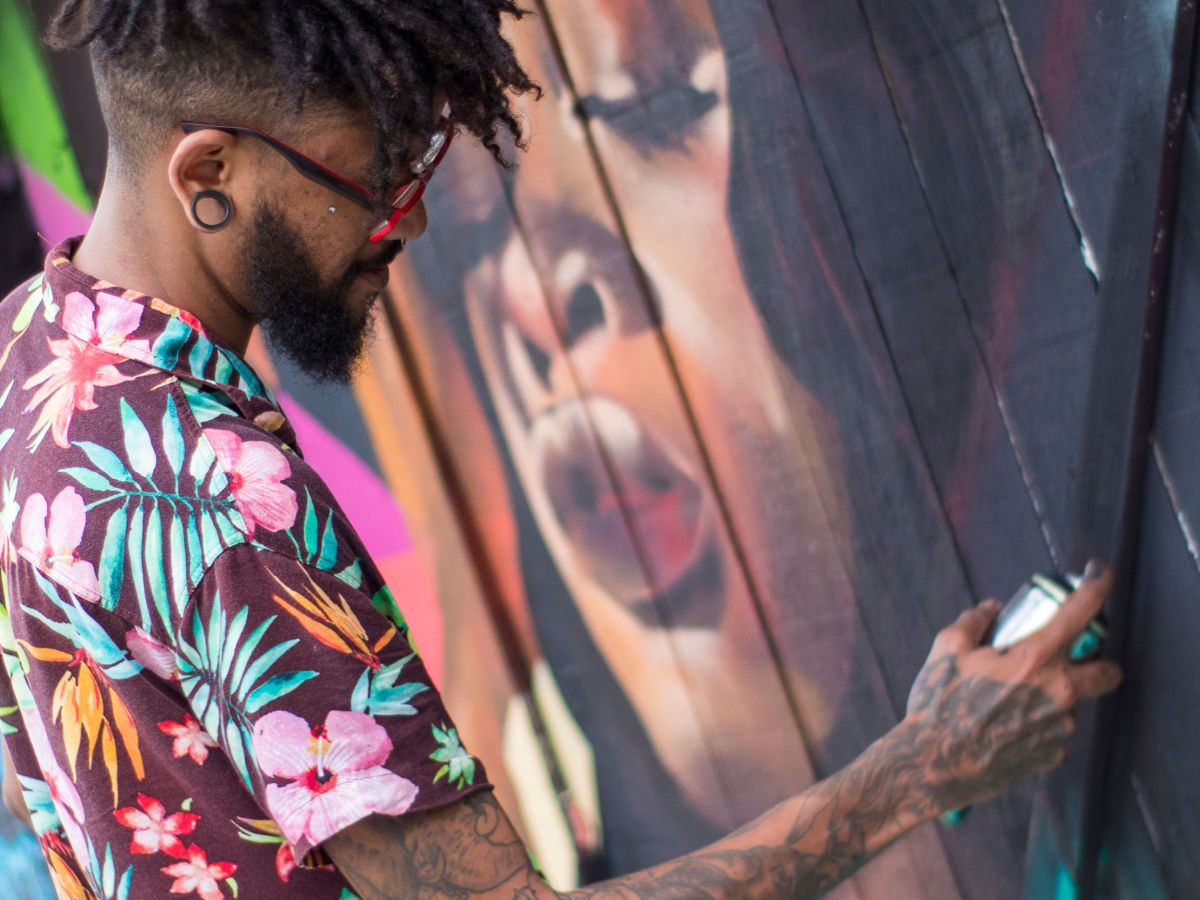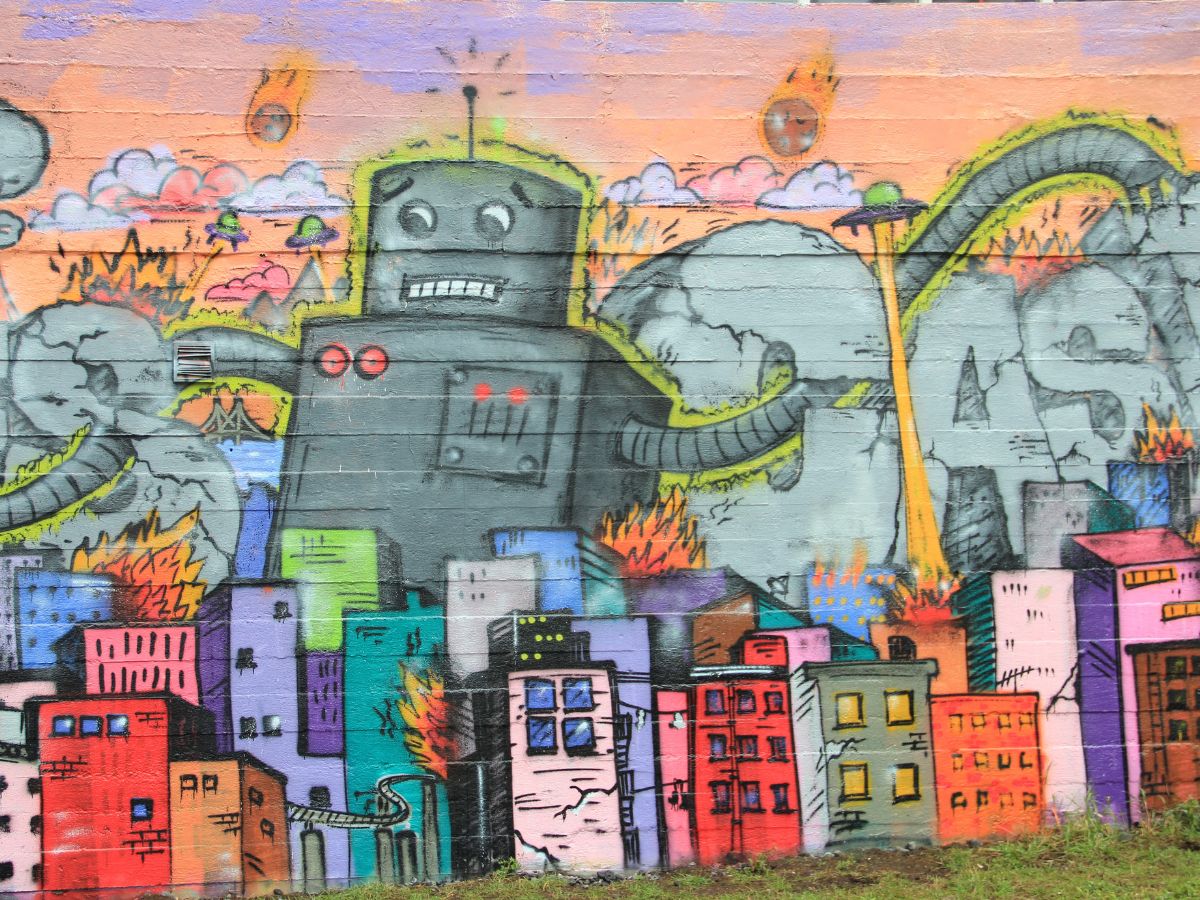
Exploring the Rich World of Murals: From Ancient Frescoes to Modern Street Art
Murals are a captivating form of art that have adorned public and private spaces for millennia, transforming walls into canvases of storytelling, political expression, and aesthetic beauty. This guide explores the different types of murals, offering insight into their historical significance, modern applications, and cultural impact.
Historical Murals
Murals have a rich history that dates back to ancient civilizations. In Egypt and Mesopotamia, murals were used to depict religious rituals, daily life, and mythological stories. These early murals were not just decorative but served as important cultural records, preserving the beliefs and practices of ancient societies. The Romans also embraced mural art, particularly in the form of frescoes, which adorned the walls of their villas and public buildings. These works often depicted scenes of nature, mythology, and everyday Roman life.
The Renaissance period saw a resurgence in mural art, with artists like Michelangelo creating iconic works such as the Sistine Chapel ceiling. During this time, murals were used to convey religious themes and celebrate human achievement, often within churches and other significant public spaces.
Modern Murals
In the 20th century, murals took on new meanings, especially during social and political movements. The Mexican Muralist Movement, led by artists like Diego Rivera and José Clemente Orozco, used murals to promote cultural identity and political messages. These large-scale works, often found in public buildings, depicted struggles, revolutions, and the everyday lives of the Mexican people.
In the United States, the Works Progress Administration (WPA) funded the creation of murals during the Great Depression, providing employment for artists and beautifying public spaces with scenes of American life and history.
Types of Murals
Frescoes – This ancient technique involves painting on wet plaster, allowing the pigment to become part of the wall surface. Frescoes are durable and have been used in some of the most famous murals in history, including those in the Sistine Chapel.
Trompe l’oeil – This style of mural uses realistic imagery to create the optical illusion that depicted objects exist in three dimensions. Trompe l’oeil has been popular in Europe, particularly in the decoration of grand halls and churches.
Graffiti and Street Art – In contemporary times, murals have evolved into a significant part of street art culture. Artists like Banksy have used public walls to create powerful, often politically charged, works that challenge social norms and provoke thought.
Community Murals – These are collaborative projects often created by local artists and residents to reflect the identity and values of a community. Such murals are known to foster social cohesion and improve neighborhood aesthetics, serving as a tool for community engagement.
Digital Murals – With advances in technology, murals can now be designed digitally and printed on a variety of surfaces. This allows for greater customization and the ability to create complex, large-scale designs more efficiently.
The Impact of Murals
Murals are more than just art; they are powerful tools for social change and community building. Studies have shown that murals can increase social cohesion, improve perceptions of neighborhood safety, and even reduce anxiety and depression among residents.
In addition, murals serve as a gateway to art for people who might not otherwise engage with traditional forms of artistic expression, making art more accessible to the public.
